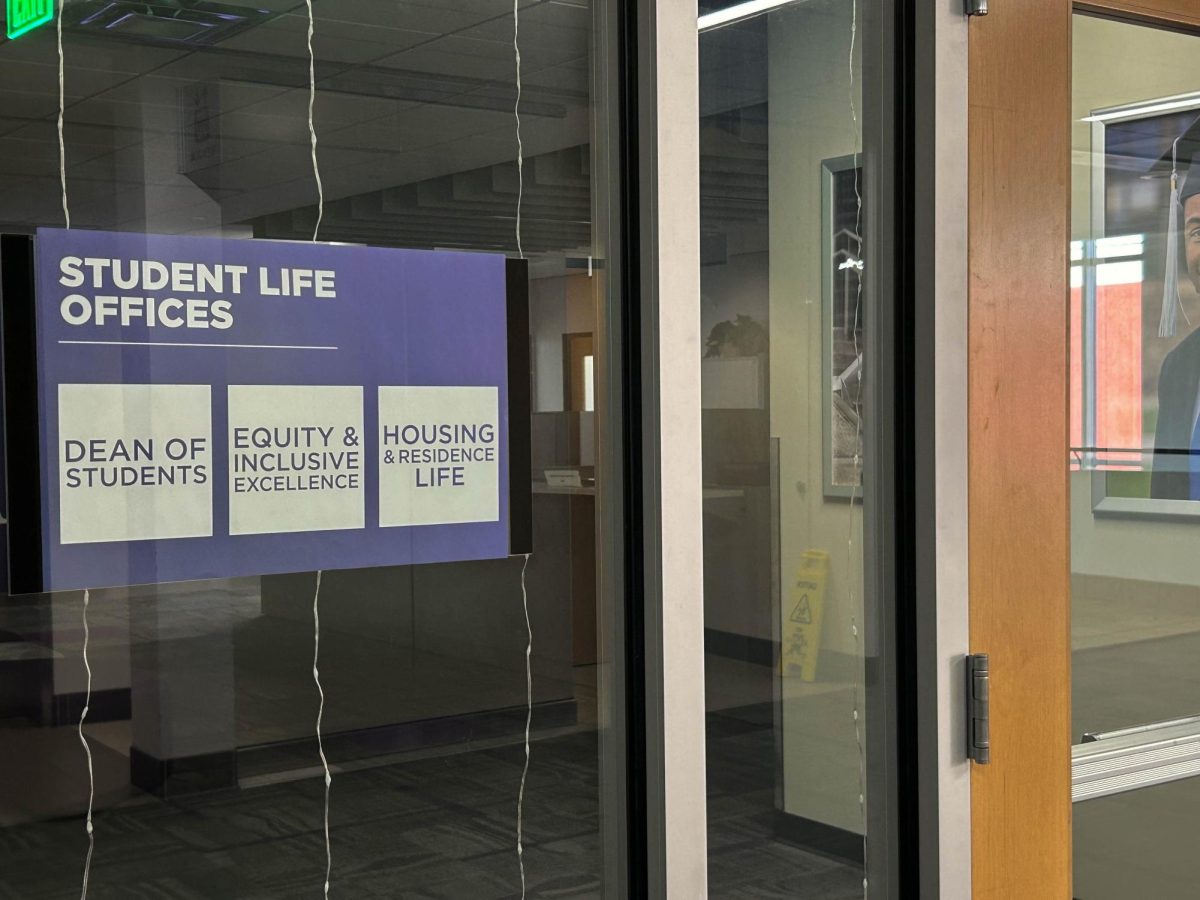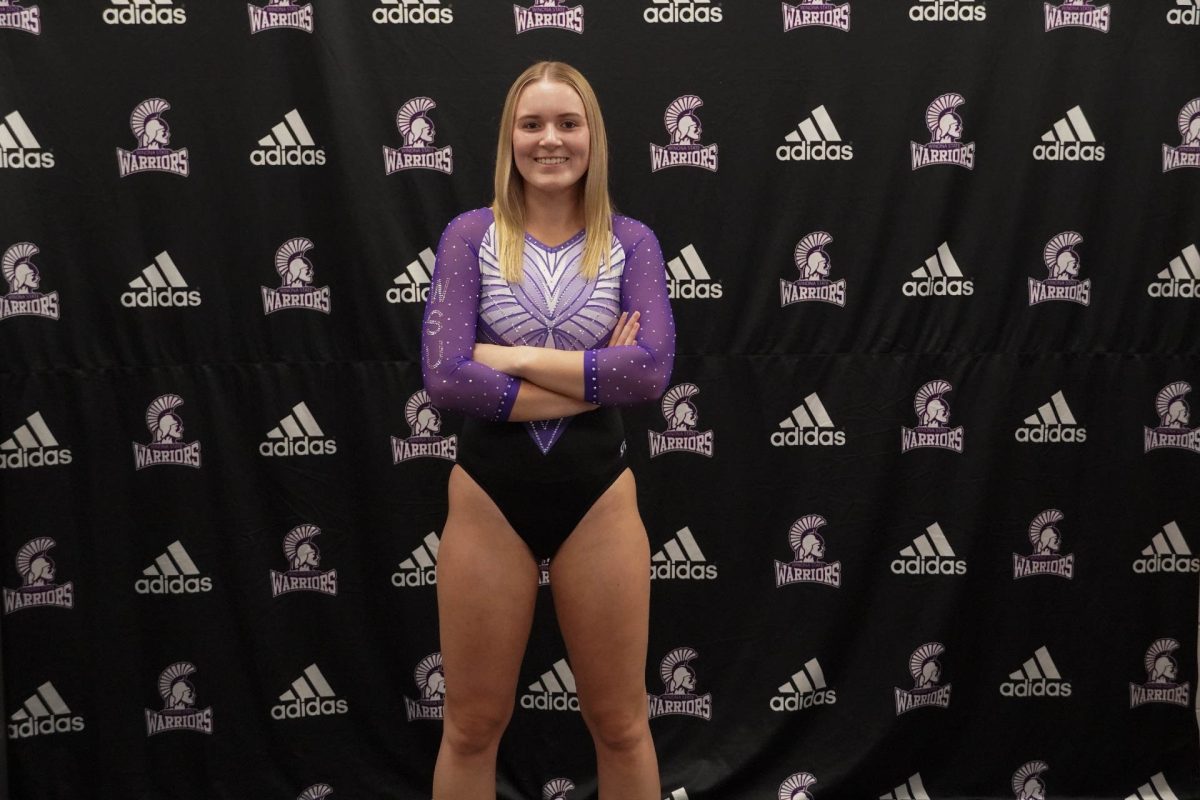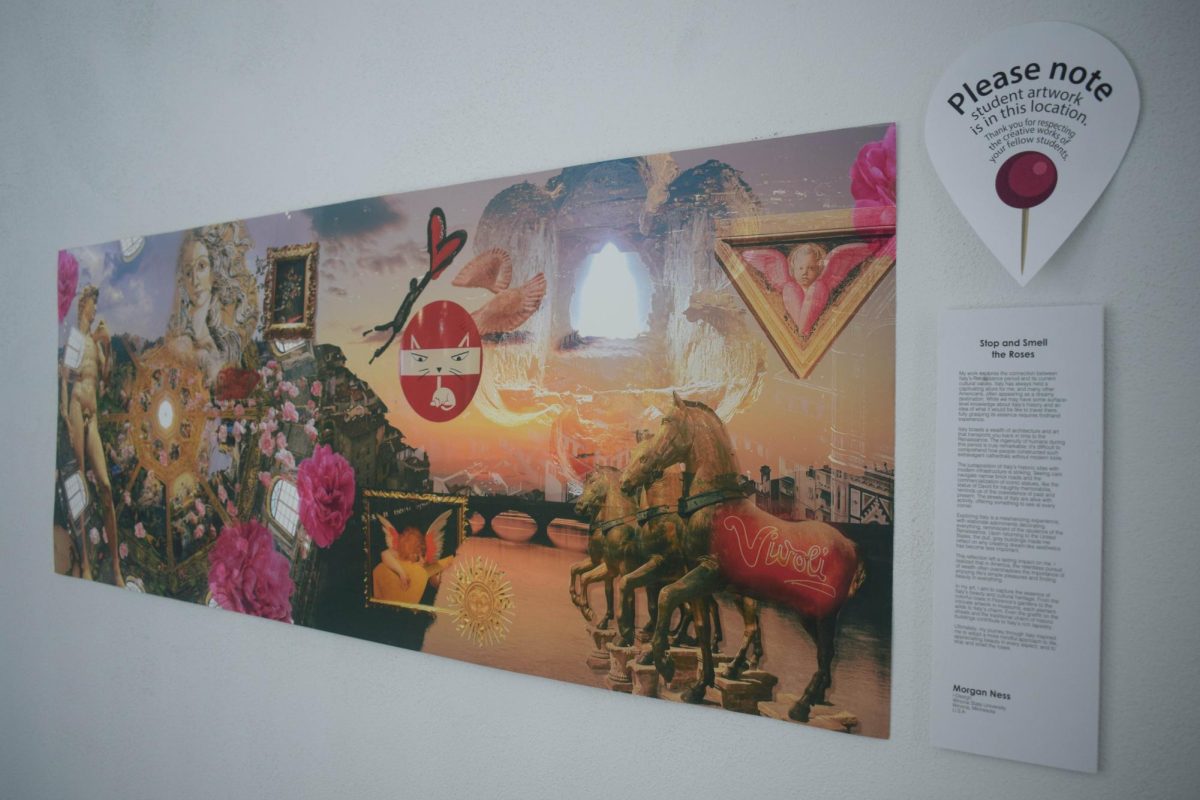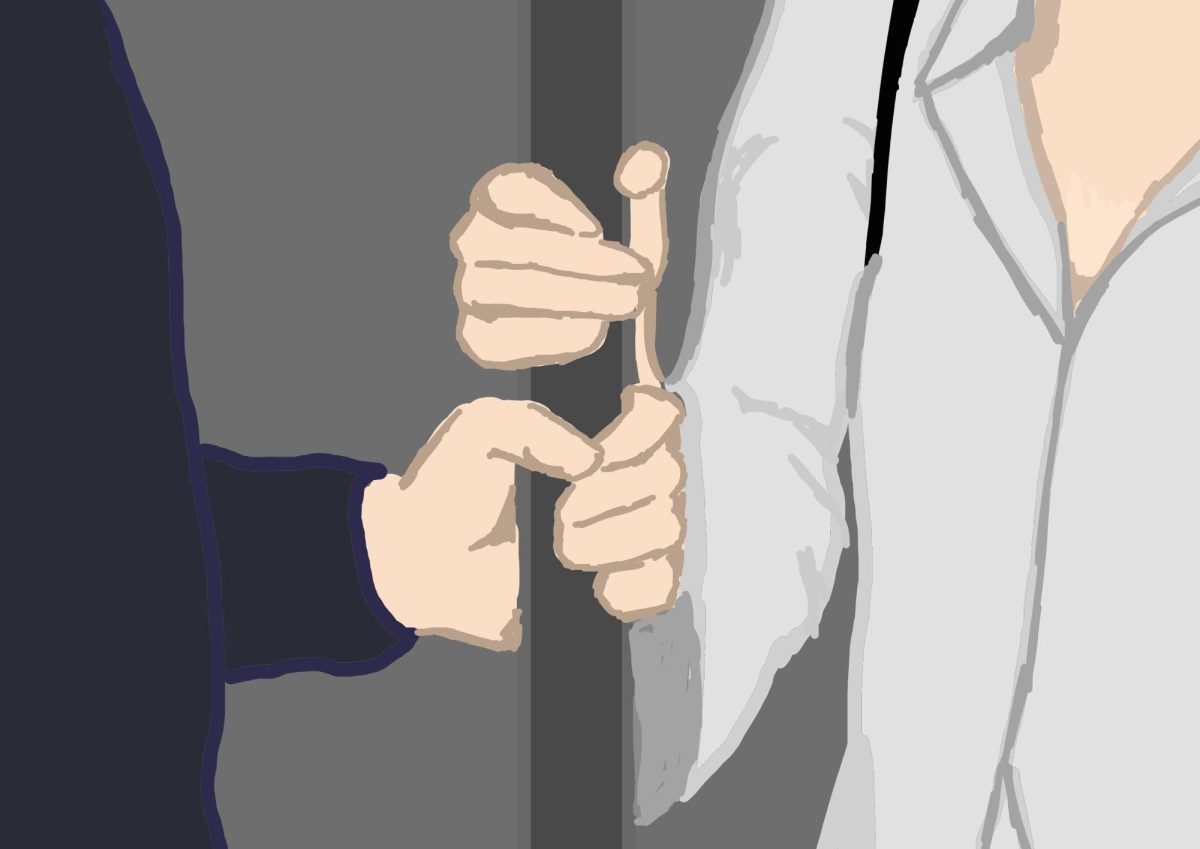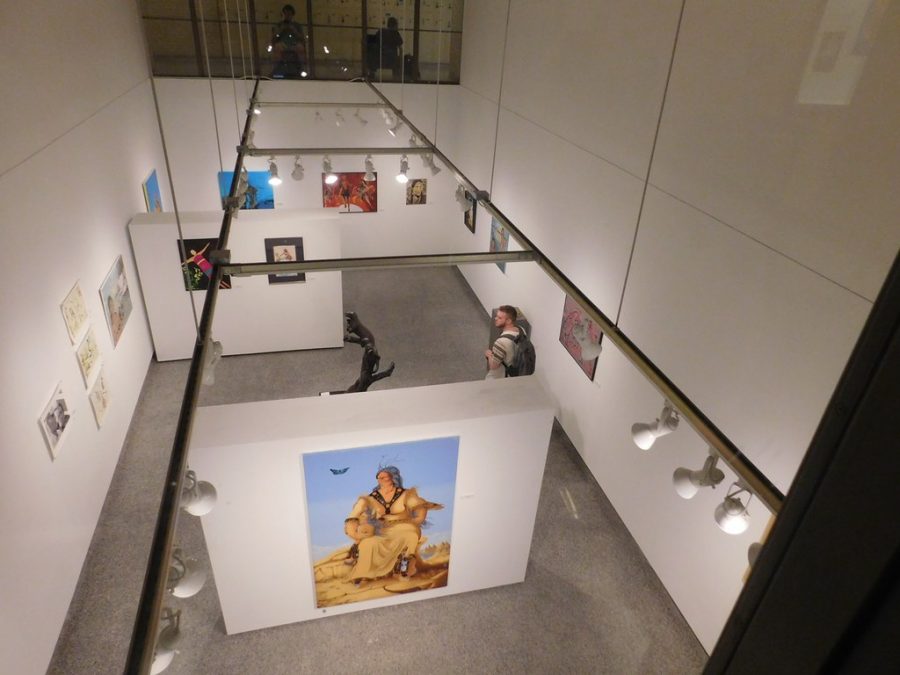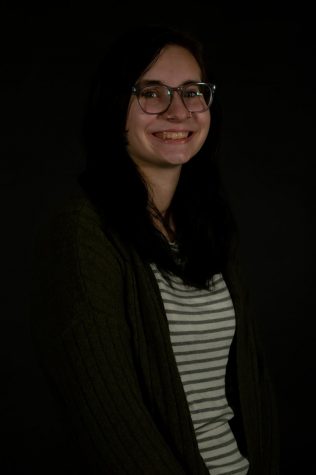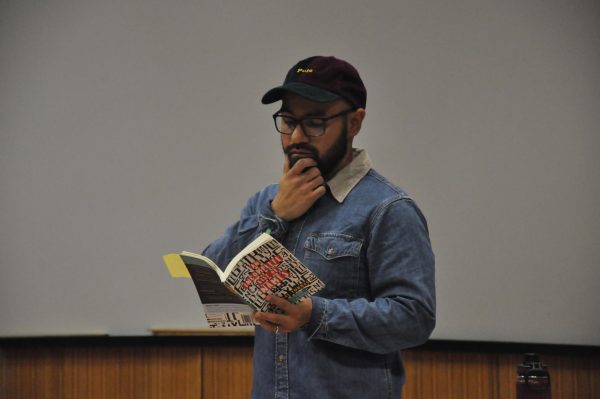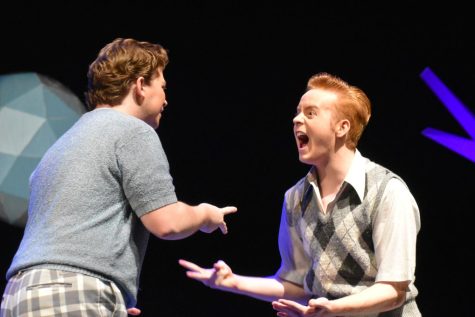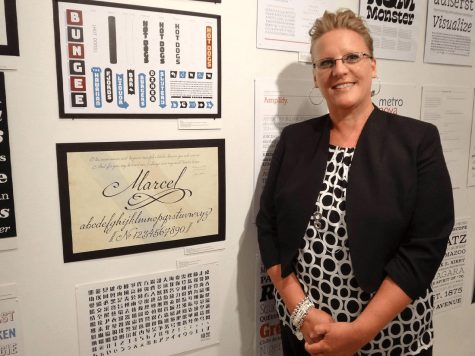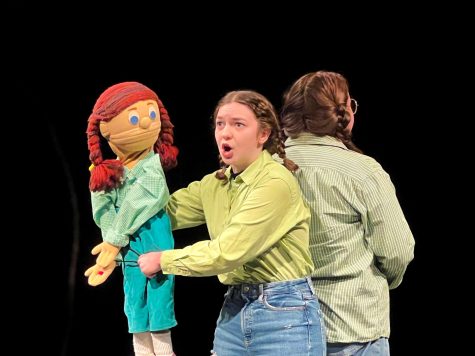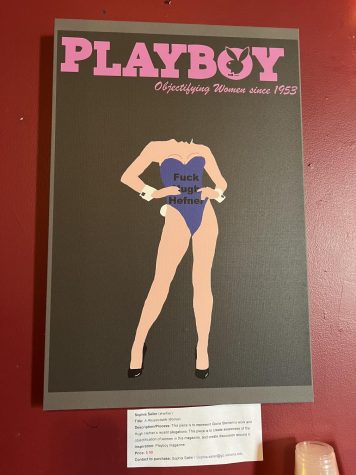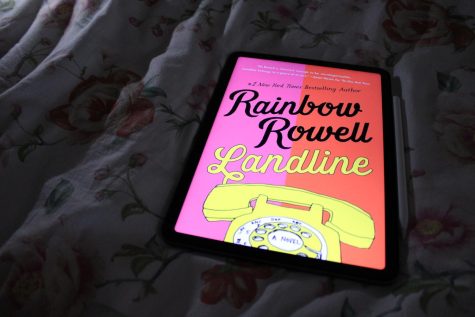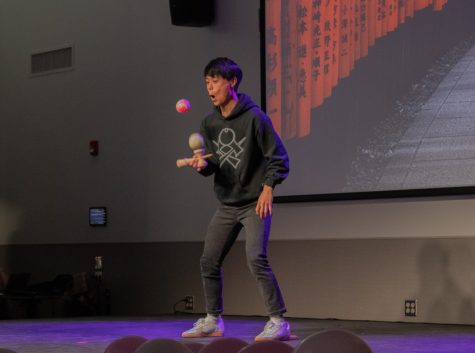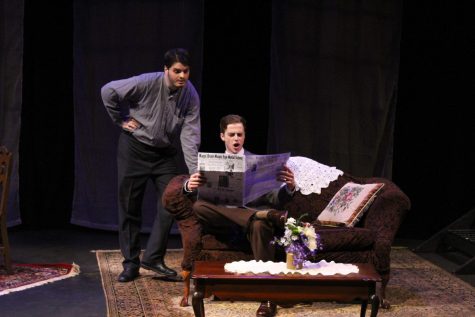LaDuke exhibit showcases indigenous art
“Winona: The Legend, The Women, The Place” displays various art pieces that celebrate “all things Winona” and the many interpretations of the word. The exhibit is open in the Watkins Gallery through Sept. 12.
September 4, 2019
Now through Sept. 12, Winona State University’s Watkins Gallery will be featuring an art exhibit designed and juried by indigenous activist Winona LaDuke.
The exhibit, named “Winona: The Legend, The Women, The Place,” is showcasing the work of many artists whose work is based on what Winona is, whether it be the legend of Winona, the city, Winona LaDuke herself or other women named Winona.
Starting a little over a year ago, Rodger Boulay, Winona State’s gallery and art collection coordinator, and Winona LaDuke, an environmentalist and writer, began planning an art show that would run during LaDuke’s 60th birthday on Aug. 18.
LaDuke originally wanted to have a party for anyone named Winona on her birthday, and as the art gallery came together, she decided she wanted that to be part of her celebration.
LaDuke and Boulay put out the call for artists, then spent time deciding on each piece and how it fit within the theme of the show.
The show, which features artists both indigenous and not, ranges in art genres. Photos of indigenous first daughters, sculptures and oil paintings are all on display.
Additionally, a large part of the show showcases ledger art. Ledger art stemmed from the 19th century, when indigenous people were forced to leave their land and move around as per the direction of the United States government. Because they were only given ledger paper to write or draw on, many began making art on the paper, and thus the genre of art stayed.
Another one of the works that stands out is the piece that is shown right as people walk into the gallery, produced by Robert Strickland.
Keri Pickett, a photographer who had two photos featured in the gallery, commented on the piece, saying it was one of the most striking depictions of the legend of Winona she had ever seen.
Cindy Killion, a former professor at Winona State and a key coordinator for the collection, talked about the piece.
“I love Robert Strickland’s work, and his ‘Sudden Gust of Wind’ is especially appealing,” Killion said. “I believe that particular glicee was purchased by WSU for the collection of Native art.”
Aside from Winona meaning “first daughter” in the Dakota language, Boulay explained why the name is so significant to both the show and indigenous cultures around Winona.
“Winona is a sacred name to Dakota people, our city is on Dakota land, and our campus is on Dakota land…especially in the last 3-5 years, there has been more and more of an effort to build relations with the Dakota community,” Boulay said. “Maybe this exhibition is a small step to continuing that effort.”
While Winona State has been making steps to improve relations with their native students, such as the construction of the Indigenous Learning Garden, there are still some areas of campus art that are controversial to the Dakota people in Winona. However, Boulay believes this exhibit could make a large difference in how Winona State students see native women.
“[The exhibit] sort of dispels notion of native women being powerless, as something to be fetishized,” Boulay said. “It gives native women a sort of agency…It’s not just another woman on a painting meant to be consumed by the male gaze.”





